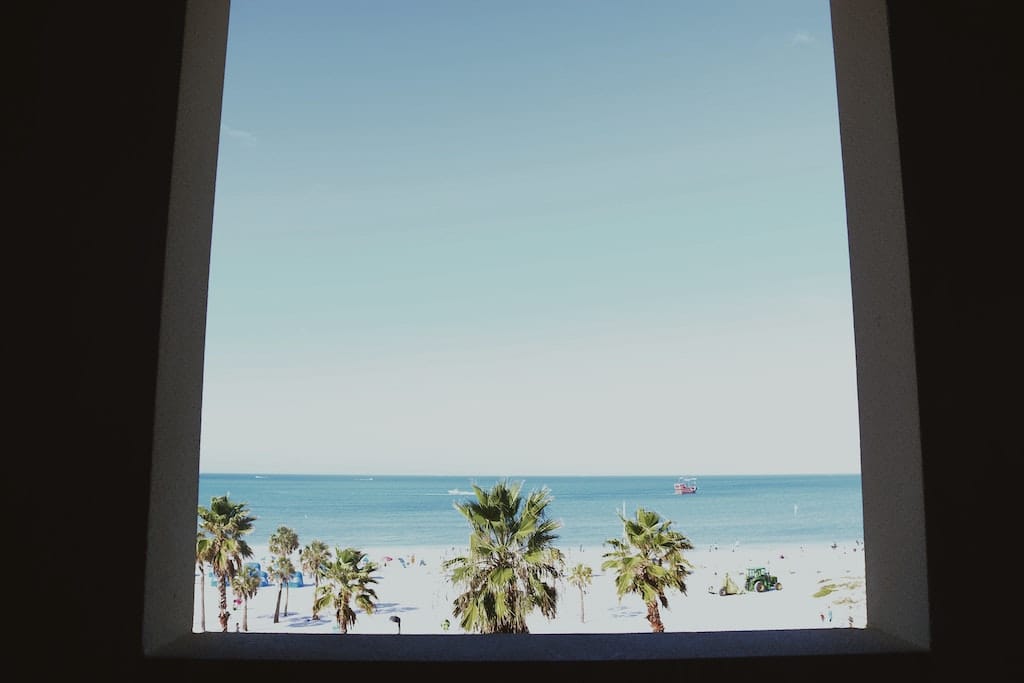All Categories
Featured
Table of Contents
Why Is Double Glazing So Important In Winter? in Ridgewood Western Australia
Laminated glass is frequently used in locations in the home most vulnerable to injury from human effect such as bathrooms, doors, around staircases and in areas near to the floor (it meets the requirements of 'shatterproof glass' that is mandated for usage in these locations by Australian Standard AS 1288 Glass in buildings).
Toughened glass has been 'tempered' by being reheated and rapidly cooled once again. This process makes it much stronger than standard glass it can resist greater impact loads prior to breaking. It likewise makes it more secure since, when it does shatter, it breaks into many small cubic pieces instead of harmful shards.
What Is The Best Glazing For My Home? - Part 2 in Greenmount Western Australia
Toughened glass has no thermal or acoustic advantages over other glass of the exact same toning or thickness. Secondary glazing is where single-glazed windows are retrofitted with a transparent acrylic or glass sheet connected to the within of the frame or openable sash with a secondary frame or with magnetic strips.


Secondary glazing will not carry out also thermally as a produced IGU, since it is impossible to absolutely seal the perimeter, but it can supply great sound control. Window films are a thin polymer movie consisting of an absorbing color or reflective metal layer, with an adhesive backing. They stick to your glazing to alter its colour or make it reflective.
Summer Scorcher Predicted, Again! Double Glazed ... in Leederville Perth
Applied to existing glass, some window films can cut in half the total SHGC of the window by absorbing and/or reflecting solar radiation. This can be especially beneficial in hotter environments where cooling is the primary issue, or on east and west elevations directly exposed to long durations of sunshine. Window films may likewise lower visible light transmittance.

For this reason, it is typically best to use a certified installer of window movie. Frames have a considerable impact on the thermal performance of windows and doors, since energy can be gotten and lost through the frame, in addition to through the glass. Various kinds of frame will enable different levels of heat gain and loss, so mindful option of frame is crucial for effective passive style.
How To Retrofit Your Windows With Double Glazing, And Keep ... in Shenton Park WA
Aluminium is likewise an extremely good conductor of heat and will reduce the insulating value of a glazing system, unless specifically engineered to minimize this. A 'thermally broken' frame is made up of 2 aluminium sections connected by a structural insulator (usually a low-conductivity structural polymer). This 'breaks' the thermal connection through the aluminium and decreases the heat flowing through the frame.
Lumber frames are a good natural insulator that can fit some house styles. Wood frames need to be made from species that have naturally high durability or be dealt with to avoid decay and deformation.
The Science Behind Double Glazed Windows in Woodvale WA
(weather removing) is set up.
u, PVC windows and doors have exceptional thermal efficiency Image: Ben Wrigley (Light House Architecture and Science) Composite frames use aluminium profiles on the outer areas with either a timber or u, PVC inner section. These integrate the low maintenance and resilience of aluminium with much enhanced thermal performance.
Latest Posts
Window Glazing For Households - Energy in Myaree WA
Why You Need Secondary Glazing In The Summer in Madeley WA
Secondary Glazing: Is It Worth It? in Applecross Perth